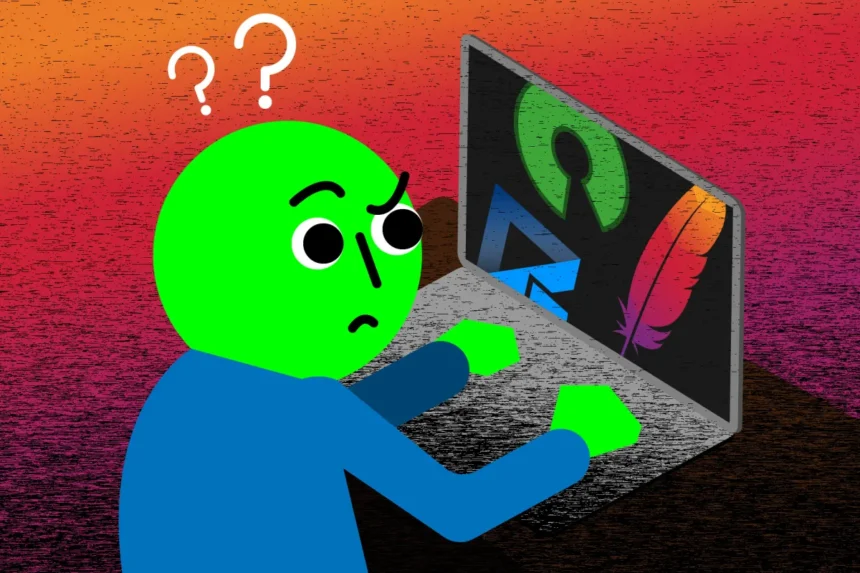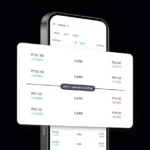Open source is the beating heart of the technology world, powering as much as 90% of modern software stacks. From frameworks and libraries to databases, operating systems, and standalone applications, open source software is ubiquitous and indispensable.
The benefits of open source software are widely celebrated: it fosters greater control, transparency, and collaboration. However, it also sparks an enduring tension between open source and proprietary models, with some companies withdrawing from open source to safeguard their commercial interests. At the center of this tug-of-war lies the critical issue of licensing.
Understanding open source licenses can feel like navigating a labyrinth. But fear not! This guide breaks down the essentials, from the two main types of licenses—permissive and copyleft—to the nuances of public domain and “faux-pen” source licenses. Let’s dive in.
The Two Faces of Open Source Licensing
Permissive Licenses: Freedom Without Strings
Permissive licenses are the crowd-pleasers of the open source world. They place minimal restrictions on how software can be used, modified, or redistributed, making them a favorite among businesses looking to integrate open source components into proprietary products.
The MIT License: Simplicity at Its Best
Born at the Massachusetts Institute of Technology in the 1980s, the MIT license has reigned supreme among developers, consistently topping GitHub’s popularity charts.
Why developers love it:
- Simplicity: At just 200 words, the MIT license is concise and easy to understand.
- Flexibility: Developers can use, modify, and distribute the software with few obligations, provided they include the original copyright notice and license in any derivative works.
- No liability: The software comes without warranties, meaning the original creators aren’t on the hook for any damages caused by the software.
However, there’s a caveat: the MIT license doesn’t explicitly grant patent rights. If the software relies on patented technology, this can create legal gray areas. This simplicity is a double-edged sword—while it works perfectly for high-level programming languages or web frameworks, it’s less ideal for software that intersects with patents, like hardware-centric projects.
Apache License 2.0: Shielding Users From Patent Wars
In 2004, the Apache Software Foundation introduced the Apache License 2.0, an upgrade designed to address patent-related concerns. This license includes an explicit patent grant, protecting users from potential litigation. For instance, if a developer contributes a patented algorithm to an Apache 2.0-licensed project, they automatically license that patent to all users of the software.
A real-world example: Google adopted Apache 2.0 for its Android Open Source Project (AOSP) in 2008 to encourage phone manufacturers to embrace Android over competitors like Symbian. The result? Android’s meteoric rise as the dominant mobile operating system.
Apache 2.0’s robustness comes at a cost—it’s about five times longer than the MIT license. This extra verbiage reflects its added protections and clarifications, illustrating the trade-off between simplicity and comprehensive safeguards.
Other Notable Permissive Licenses
- BSD 2-Clause License: Similar to MIT but requires the license to accompany both the source code and compiled binaries.
- BSD 3-Clause License: Adds a “no endorsement” clause, prohibiting the use of contributors’ names for promotional purposes.
- MIT No Attribution License (MIT-0): Even simpler than MIT, it requires no attribution, edging closer to public domain territory while retaining copyright protections.
Copyleft Licenses: Freedom With a Catch
Copyleft licenses champion the open source ethos, ensuring that modified versions of software remain open source. However, this comes with a stipulation: any derivative work must be distributed under the same copyleft license, a condition that often deters businesses wary of sharing proprietary enhancements.
GNU General Public License (GPL): The Original Copyleft Titan
Published by the Free Software Foundation (FSF) in 1989, the GNU General Public License (GPL) was a trailblazer in the copyleft movement. It’s particularly suited for community-driven projects where contributors want assurance that their efforts will remain open source.
Key versions:
- GPL 2.0 (1991): Foundational and widely adopted, it powers iconic projects like the Linux kernel.
- GPL 3.0 (2007): Introduced patent grant provisions, improved compatibility with other licenses, and addressed issues like “Tivoization”—where hardware makers restrict users from installing modified software.
Famous adopters:
- WordPress: Distributed under GPL 2.0 “or later,” giving developers flexibility in licensing modifications.
- Linux kernel: A cornerstone of modern computing, though creator Linus Torvalds has resisted upgrading to GPL 3.0, citing disagreements over some provisions.
GNU Affero General Public License (AGPL): Closing the SaaS Loophole
Published in 2007, AGPL 3.0 targets web-based services. Unlike GPL 3.0, which doesn’t require modified code running on servers to be shared, AGPL closes this loophole. If you modify AGPL-licensed software for a SaaS application, you must share your changes, even if they’re only running on your servers.
GNU Lesser General Public License (LGPL): A Softer Copyleft
Ideal for libraries, LGPL allows proprietary software to link to open source libraries without open-sourcing the entire proprietary code. However, modifications to the library itself must be shared under LGPL.
Mozilla Public License (MPL) 2.0: Copyleft Lite
Released in 2012, MPL operates at the file level, requiring only modifications to individual files to be shared. This makes it more business-friendly while preserving some open source principles.
Public Domain and Creative Commons: Beyond Open Source
Some developers prefer to release their work into the public domain, relinquishing all rights. However, this requires a formal mechanism due to default copyright laws.
- The Unlicense: Offers a public domain dedication but has been criticized for its vague legal language.
- CC0-1.0: A Creative Commons tool for waiving rights, though it excludes patent grants and isn’t OSI-approved.
- Zero-Clause BSD: A straightforward option with minimal language, gaining traction for its simplicity.
“Faux-pen” Source: Open Source With Strings Attached
Not all licenses labeled as “open” meet the OSI’s definition. Some blur the line between open source and proprietary models:
- Server Side Public License (SSPL): Introduced by MongoDB, it imposes significant commercial restrictions, making it “source available” rather than truly open source.
- Business Source License (BUSL): Used by MariaDB, it transitions from a proprietary model to open source after a set period.
- Hippocratic License: An “ethical source” license restricting usage that violates human rights.
Choosing the Right License
The choice of license hinges on your goals. Are you prioritizing adoption, contribution, or control? Do you want to safeguard against patent litigation or encourage community-driven innovation?
By understanding the nuances of open source licensing, you can make informed decisions that align with your project’s vision. Whether you’re building the next big SaaS platform or contributing to an open source library, the right license can help you navigate the complex intersection of technology and law.










